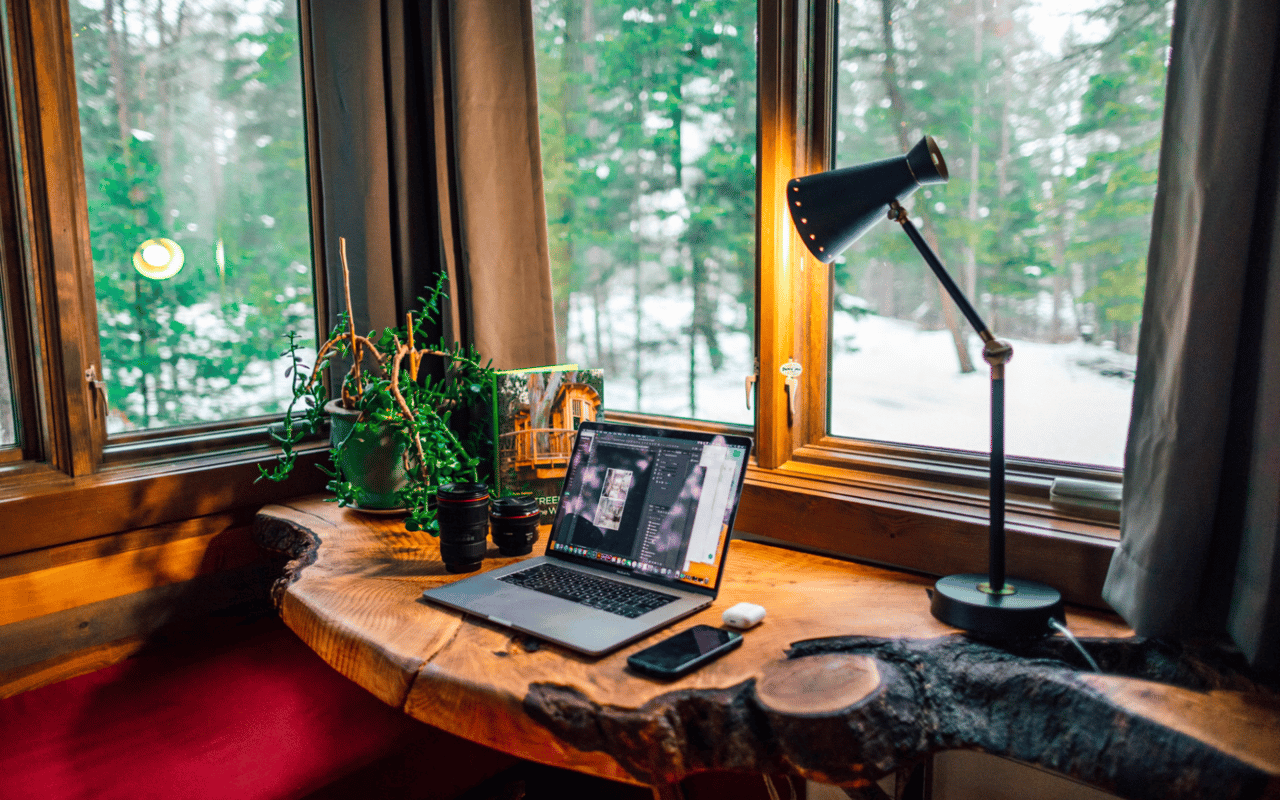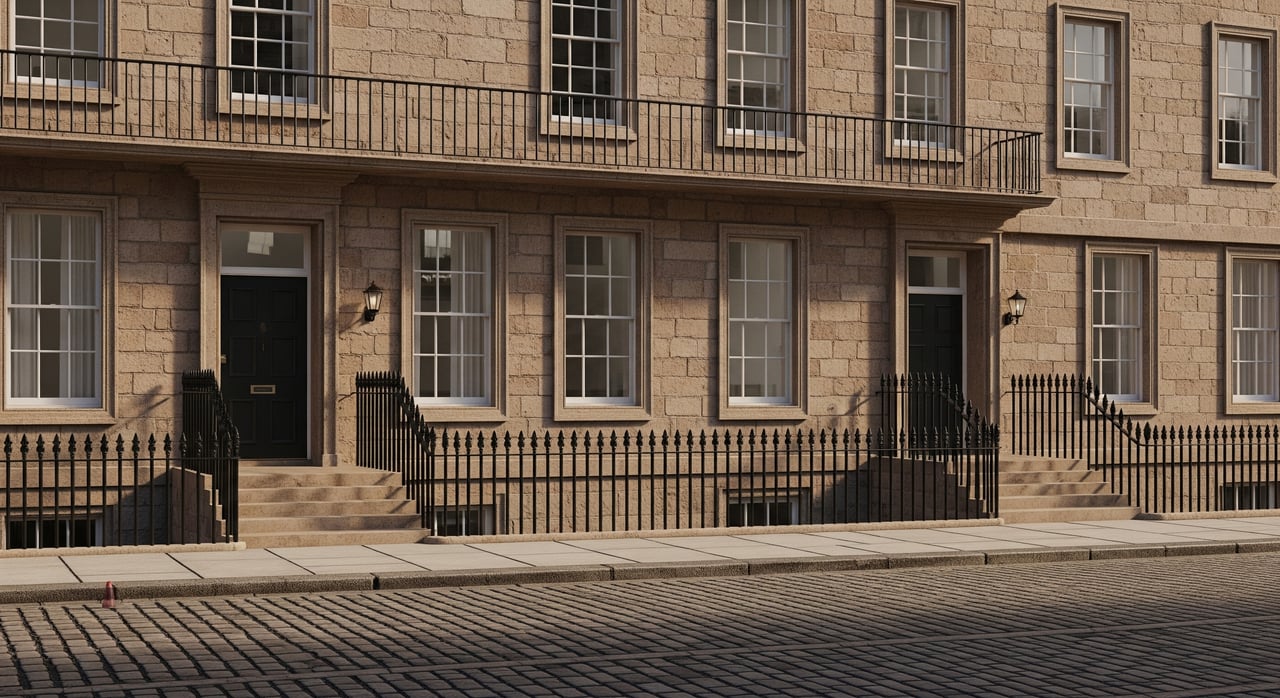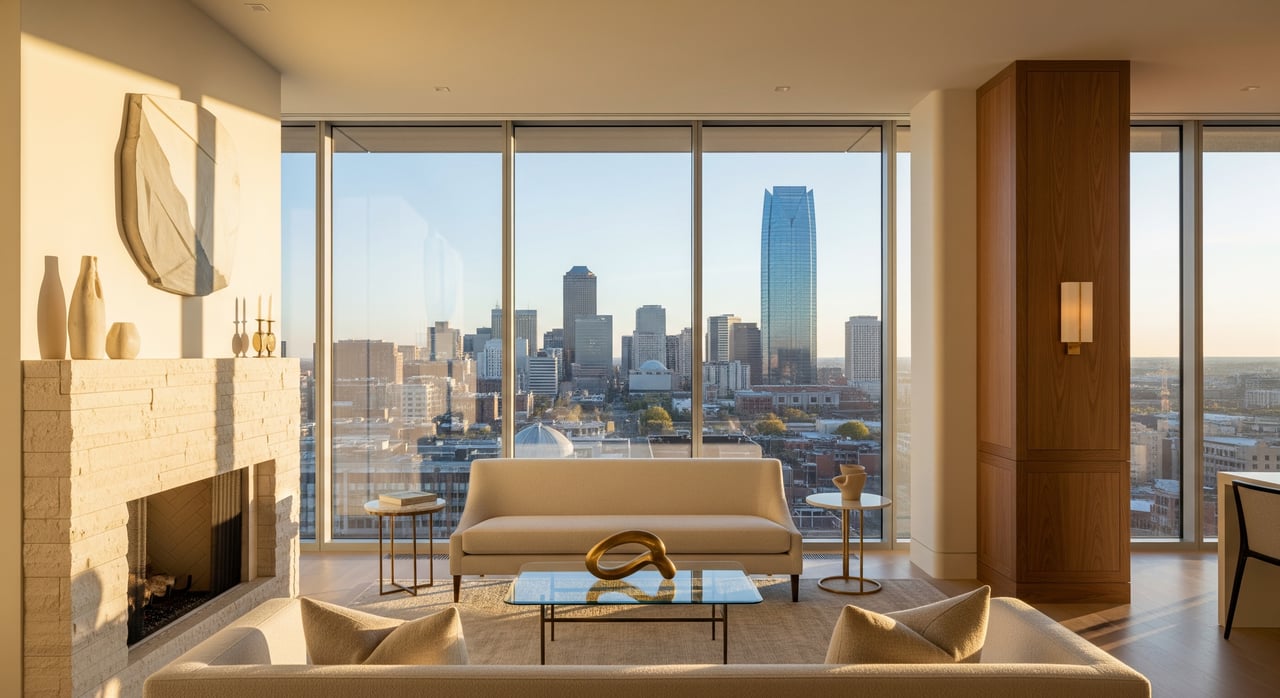In 2024, with remote work becoming increasingly common, the importance of a well-designed home office has never been greater. Whether you're a full-time telecommuter, a freelancer, or occasionally work from home, having a functional and aesthetically pleasing workspace is essential for productivity and creativity.
In this guide, we'll explore essential home office design tips to help you create a space that enhances efficiency, comfort, and inspiration.
Define your needs
Before diving into design, assess your specific needs. Consider the frequency of video conferencing calls, the amount of desk space required for paperwork and equipment, and storage requirements. Understanding your needs lets you arrange a home office that maximizes functionality within available space.
Optimizing space and layout
Choose the right location
When setting up your home office, selecting the right location is crucial. Ideally, choose a quiet and well-lit area with minimal distractions. Consider factors such as natural light, proximity to amenities, and access to power outlets and internet connectivity. Designate a separate room or area solely for work to help maintain boundaries between your professional and personal life.
Invest in suitable furniture
Invest in furniture that prioritizes both comfort and functionality. An ergonomic chair with adjustable features is crucial for maintaining good posture and preventing back pain during long work hours. Choose a desk with ample surface area to accommodate your computer, monitor, and any additional equipment you use regularly. Consider modular furniture that allows for flexibility and adapts to your specific needs.
Use vertical space
Limited floor space shouldn't hinder functionality. Utilize vertical space by installing shelves or cabinets above your desk for storage and organization. Wall-mounted organizers or pegboards can keep frequently used items easily accessible. Vertical storage maximizes floor space while keeping your work area clutter-free.
Create zones for different activities
Consider creating distinct zones within your home office for different activities to maximize efficiency and productivity. Designate separate areas for tasks such as computer work, meetings, brainstorming, and relaxation to create a well-organized and versatile workspace. Use furniture arrangement, shelving units, or room dividers to delineate each zone and facilitate smooth transitions between tasks.
Lighting and ambiance
Natural light
Proper lighting is essential for a productive and inviting home office environment. Maximize natural light by positioning your desk near windows or skylights to benefit from daylight and outdoor views. This improves visibility and contributes to a more positive and energizing atmosphere.
Layered lighting
In addition to natural light, incorporate layered artificial lighting to create a comfortable and adaptable work environment. A combination of overhead lighting, task lighting on your desk, and adjustable accent lighting allows you to control the ambiance and adjust brightness depending on the time of day and activity. Adjustable desk lamps and overhead fixtures can reduce eye strain and create a well-lit workspace.
Minimize glare
Glare from windows or overhead lights can cause eye strain and discomfort. Consider using window treatments like blinds or shades to control the natural light entering the room. Position your computer screen away from windows to minimize glare, and invest in an anti-glare screen protector for additional comfort.
Ergonomics and comfort
Buy ergonomic furniture
Investing in ergonomic furniture is essential for maintaining proper posture and reducing the risk of strain or injury during long hours of work. Choose a comfortable chair with adjustable height and lumbar support to provide adequate back support. Opt for a spacious desk to accommodate your work essentials, such as a computer, monitor, keyboard, and mouse, while allowing ample room for movement and organization.
Incorporate greenery
Biophilic design integrates natural elements and patterns into the built environment and can benefit home office spaces. Incorporate biophilic elements such as plants, natural materials, textures, and colors to create a connection with nature and improve overall well-being. Introduce greenery, wood accents, and earthy tones to evoke a sense of tranquility and vitality in your home office.
Technology and functionality
Incorporate technology and connectivity
In today's digital age, incorporating technology and connectivity features into your home office is essential for staying connected and productive. Ensure reliable internet connectivity and invest in high-quality technology tools and equipment, such as a fast and secure Wi-Fi network, a reliable computer, and multifunctional peripherals. Integrate charging stations, cable management solutions, and smart home devices to streamline workflow and enhance efficiency.
Conceal cables (if possible)
Tangled wires and cables can create clutter and detract from the overall aesthetics of your home office. Invest in cable management solutions like cable sleeves, organizers, or under-desk trays to keep wires hidden and maintain a clean, organized workspace.
Personalization and style
Personalize your space
Personalizing your home office with decor and accessories can help create a space that reflects your personality and inspires creativity. Incorporate artwork, plants, motivational quotes, and personal mementos to make your workspace feel welcoming and inspiring. Choose decor that aligns with your aesthetic preferences and enhances your mood and productivity throughout the day.
Embrace minimalism
Embracing minimalism in your home office design can help reduce distractions and create a clean, clutter-free environment conducive to focus and productivity. Opt for simple and streamlined furniture, accessories, and decor pieces to minimize visual clutter and build a sense of calm and order. Prioritize functionality and purposeful design choices to optimize your workspace for maximum efficiency and effectiveness.
Stay flexible and adapt
Finally, remember that home office design is not static and should evolve to meet your changing needs and preferences. Stay flexible and open to experimentation, and be willing to adapt your workspace layout, furniture arrangement, and decor elements as necessary. Regularly assess your workflow and productivity levels, and make adjustments accordingly to optimize your home office for peak performance.
Consult David Oliver on your home office
Ready to create your ideal home office space? Contact David Oliver today for expert guidance and assistance finding the perfect home that meets your unique needs and preferences. Whether you're seeking a spacious property with dedicated office space or looking to transform an existing space into your dream home office, David Oliver and his team are here to help you make it a reality.




